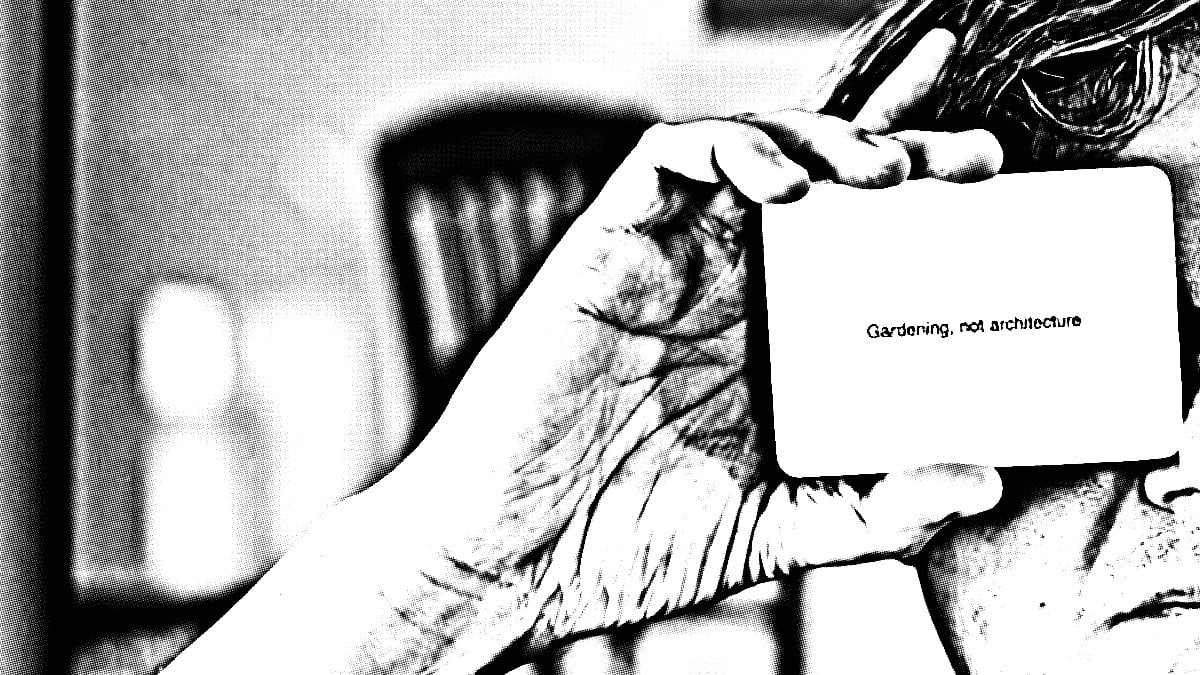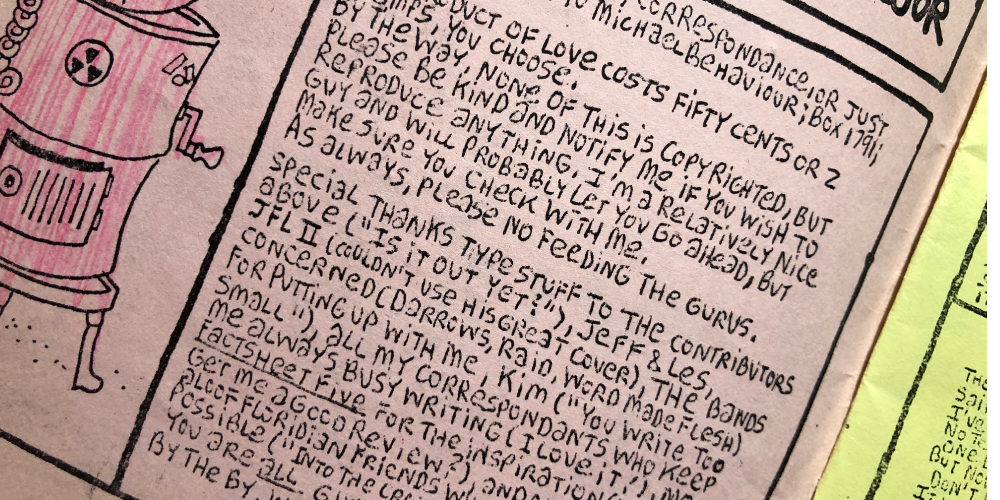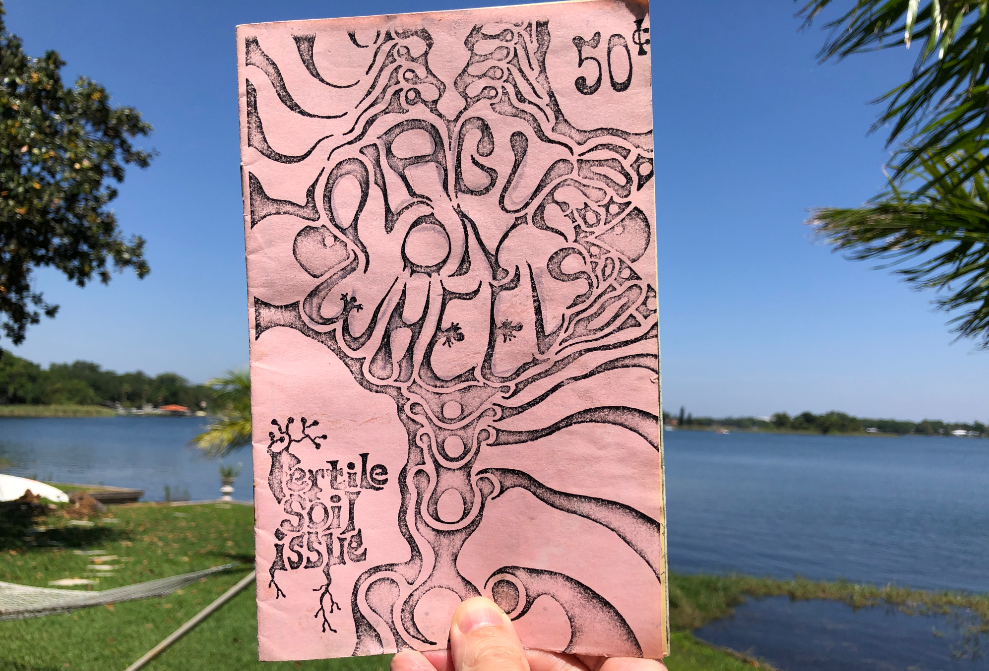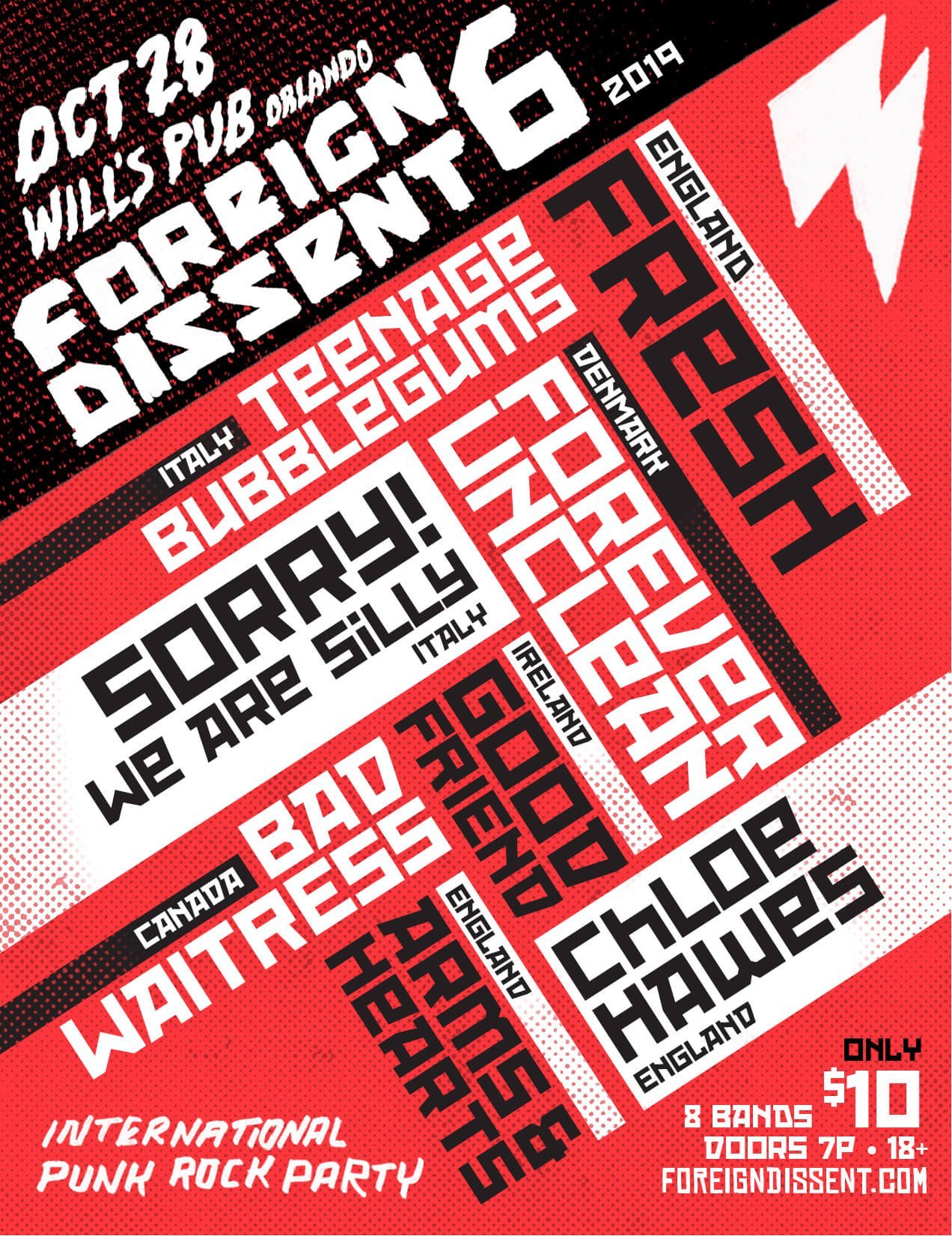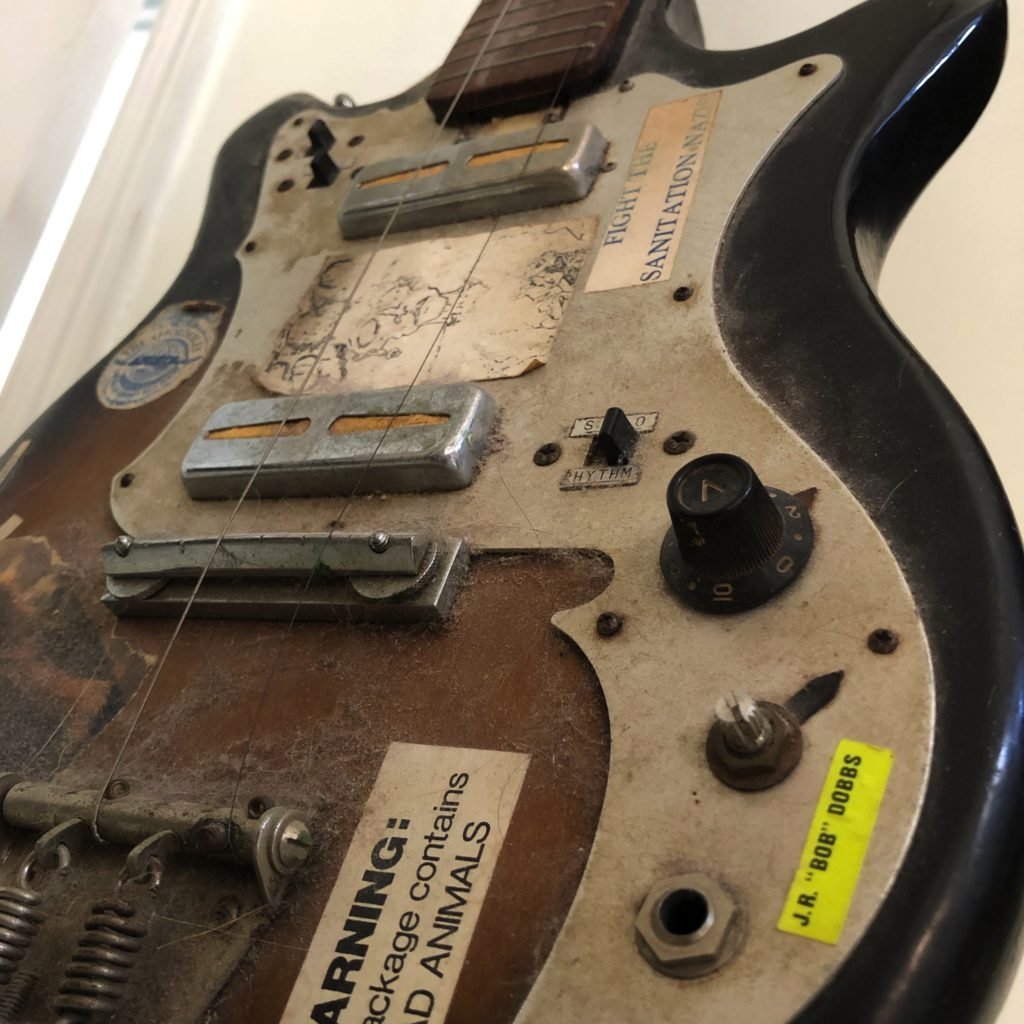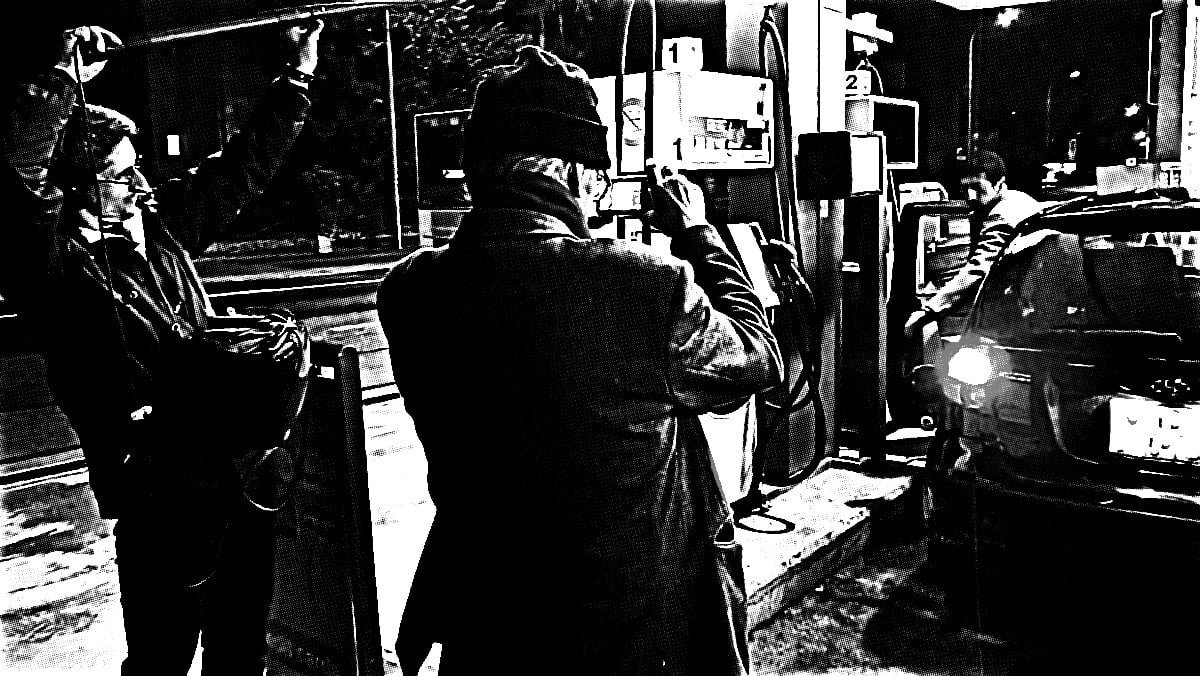
You may be familiar with a derisive term said in film circles: homework movies. This phrase refers to influential achievements in cinema that one doesn’t necessarily enjoy but are requirements for students of film history. Your mileage may vary here; some consider Citizen Kane the most obvious example of a ‘homework movie,’ but I find it quite enjoyable.
We don’t need to debate how most of Jean-Luc Godard‘s films feel like homework. Since the mid-60s, his movies have increasingly pummeled audiences with literary references, philosophical quotations, and fiery polemics. Even the most seasoned fans and expert critics of the French New Wave openly admit Godard often vaults far above their heads. I’m no exception.
This begs the question: why keep watching something you aren’t sure you like, much less understand? Watching and admiring while shrugging for explanations opens us to accusations of pretension or bandwagoning. Somehow partaking in inscrutable films like Godard’s is taken as its own performance.
And that’s cool. To insist that everyone, or even anyone, should sit and watch Godard, especially his later films, is a ridiculous proposition. Besides the earlier touchstones, Godard’s movies are of a taste one can’t acquire. You either savor the exercise of watching his difficult cinema or you don’t. No harm, no foul.
But it’s not like we claim these films are difficult for everyone but us. I mean, I don’t feel superior or enlightened watching Godard’s Film Socialisme. Quite the opposite! However, it does make my brain feel like a muddy automobile subjected to an intense car wash before driving back out into the mud. And the parts connected to my eyes and ears got extra squeegeed.
As you may have guessed, Godard’s death and a Criterion Channel subscription inspired me to dive into the filmmaker’s infamous later work over the past few weeks. It’s been a trip. I wasn’t sure how to approach this ‘homework,’ but then I read Roger Ebert’s suggestion that the key to later Godard is to succumb to his world:
One single Godard film seems accidental. But if you see half a dozen, you begin to get a sense of his universe. You see themes introduced, developed, worked out, discarded and then later satirized.
You can’t watch these alongside other movies (or compare them, god forbid) because he aims to rip cinema apart at the seams. I’ve been watching the later films in a row, and I feel like I’m ‘getting’ them by seeing them together, though that doesn’t mean I’m also not frustrated and exasperated. It’s all part of viewing Godard as he lets ‘er rip.
I also think it’s vital to understand all of his films are ‘meta’ — from Breathless on — in that they reflect what he’s wondering about at the time. They’re not autobiographical; they’re the act of someone trying to figure things out and not settling on a worldview. I don’t think Godard is sure about anything in his films, even the bold pronouncements. It’s telling that one can read multiple reviews and essays on, say, The Image Book, and they’ll each tell you the movie is about something completely different. These movies show Godard loudly wondering, trying on ideas to see how they fit, and letting the public continue the discourse. What a fascinating thing. Richard Hell elaborates:
Godard is willing to do something in a movie just to see what happens if he tries it. He can be boring in the exercise of his full freedom, but you can’t have one without the other, and I want them like nothing else.
As problematic as Godard was, I came away from these last films seeing him as an inspirational figure. He persisted and remained uncompromised until his demise at 91. His work is so hated and hatable, mostly because he didn’t give a fuck right to the end. I mean, Godard inflicted Cannes juries with films so dense and furious and, yes, incomparable that they had no choice but to create a prize for him.
I talk a lot about punk rock on this blog, mainly in the context of autonomy and a strict DIY ethos. Godard was all that, but he also spit out punk rock in its more identifiable ‘two fingers in the air’ flavor. I’m trying hard to think of any accepted figures of the punk world who walk the talk into senior citizen status. I guess some of the Crass folks are still communally living in the woods, but I’m hard-pressed to come up with any others off the top of my head.
I can’t say I love love love Godard (very few do). And he’s not one of my favorite filmmakers. But I’ve become inspired by my journey through his most iconoclastic work. Just as the punk rockers inspired others to pick up guitars and bash away, Godard’s 21st-century films, made up of barely connected visual and audio collages, have me thinking about making weird little movies. Godard shot footage on a camera phone in Goodbye To Language, so why can’t I? That these films provide an imaginative impulse is perhaps the greatest compliment I can give.
Note: This post was inspired by and contains parts of a recent exchange on Mastodon.
❋-❋-❋-❋-❋-❋-❋-❋
The spirit of Godard’s uncompromising nose-thumbing/rules are made to be broken/commercial appeal be damned attitude has thrived in the noisier, improvised edges of the DIY musical arts since the accessibility of home recording. And Drone Bone recalls the early excitement of a time when PortaStudios ignited the garages of suburban noisemakers. Their self-titled exercise pairs Adrian Orange (of Thanksgiving and Adrian Orange and Her Band) and Ashby Mary Collinson for a seat-of-the-pants session recorded in 2007, now reissued by Brooklyn’s Perpetual Doom outfit. Ashby Mary is knocking riffs on the Wurlitzer in a fashion that recalls Suicide‘s repetitions, and Adrian is credited with drums and guitar. This all sounds live and on the spot, but I’m assuming the guitar was overdubbed unless Adrian plays drums and guitar simultaneously (I’m not entirely discounting that possibility).
“Drone Bone was born out of sheer restlessness,” writes Ashby Mary. It sounds like it! Some songs begin with the duo’s conversations as they quickly decide how to begin before barreling right into the racket. The music (and some of you may doubt that designation) is ramshackle and rambling, but the point is the joy of creative collaboration without expectation or preconception. I’m not even sure there was a plan. But there’s a great sense of release in these tracks, and you might find it exhilarating, sort of like how I felt when I first heard Jandek records or Daniel Johnston cassettes in the ’80s. Those fractured vibrations inspired teenage me to rattle a suburban garage of my own, and hearing Drone Bone makes me hopeful that its listeners’ next-door neighbors will not be pleased.
